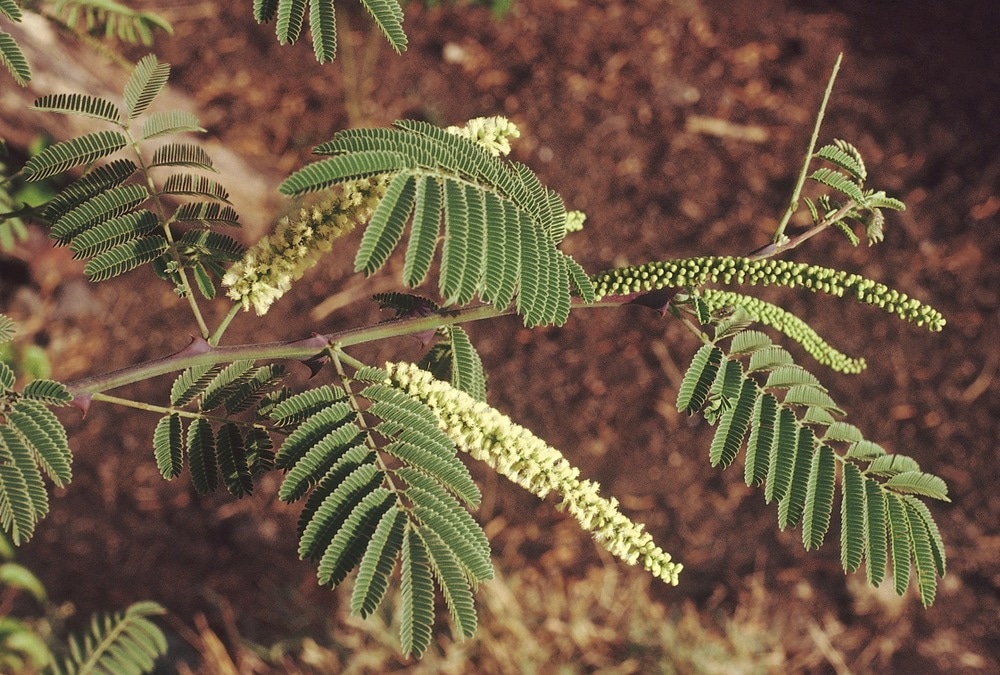A recent study published in Materials Today: Proceedings centers on utilizing the Acacia catechu leaves to produce eco-friendly zinc oxide (ZnO) nanoparticles for arsenic removal from water.

Study: A green approach to arsenic removal using ZnO nanoparticles synthesized from Acacia Catechu leaf extract. Image Credit: RealityImages/Shutterstock.com
Heavy metal pollution in water is one of the world's most serious environmental issues. This problem is especially severe in major cities of developing countries because of unregulated pollution from industrial processes. Heavy metal removal is a challenging problem that must be tackled if detrimental effects on people and the environment can be prevented or reduced.
Metals and metal oxide nanoparticles have grabbed the attention of researchers due to their unique properties when reduced to nano-size compared to bulk materials. Antimicrobial activity, sewage treatment, and sensing are just a few of the uses for these nanomaterials. However, metal oxides are usually used as a catalyst to remove dangerous chemicals from water.
Arsenic Removal: Why is it Necessary?
Heavy metal pollution in water is considered to be one of the world's most serious environmental problems. Arsenic is not biodegradable and hence develops in a variety of environmental reservoirs. Consequently, bioaccumulation and propagation to the biological pyramid through the food chain are very likely.
Excessive and long-term human intake of toxic arsenic from drinking water and food may result in arsenicosis, a common name generally used for arsenic-related health problems. These include skin disorders, skin cancers, internal cancers, diseases of the blood vessels of the legs and feet, possibly diabetes, increased blood pressure, and reproductive disorders.
Arsenic removal is challenging, but it is vital for avoiding or reducing the harmful impacts of arsenic on the human immune system and maintaining ecological balance.
Zinc Oxide (ZnO) Nanoparticles for Arsenic Removal from Water
Nanotechnology has transformed research in a wide range of fields because of the unique qualities of nanoparticles including large surface area, superior electrical conductivity, and exceptional mechanical capabilities. Metal oxides, in particular, are helpful in a range of industries, including engineering, medicine, agriculture, and pharmaceuticals.
Zinc oxide (ZnO) is a promising material for removing heavy metals such as arsenic from water due to its excellent biocompatibility, low toxicity, and negative zeta potential. These properties are due to the surface modifications and generation of efficient photoinduced electron-hole pairs in green nanoparticles of ZnO during the growth process and redox reactions.
Zinc oxide is also used in microelectronic devices, forensics, semiconductor technology, biomolecular sensing, surface sound waves devices such as lasers, and electromagnetic sensors.
An Eco-Friendly Approach for Production of ZnO Nanoparticles
There are several methods for producing zinc oxide. However, green approaches are an ecologically friendly and cost-effective way of synthesizing nanoparticles of ZnO.
Green ZnO nanoparticles were produced and analyzed in this work using the Acacia catechu plant from the Fabaceae group. The Acacia catechu plant has long been used as a medicinal herb because of its antibacterial, antiseptic, and antioxidant characteristics. The shrub’s bark is used to treat gastrointestinal problems, asthma, and leprosy.
Saponins, flavonoids, phenols, and tanins are found in this plant. These compounds work as reducing and stabilizing agents in reducing zinc nitrate to zinc oxide green nanoparticles, eliminating the need for stabilizers.
Key Developments of the Study
In this study, the researchers measured the adsorbent efficiency of green nanoparticles of ZnO for the removal of arsenic from water. According to arsenic adsorption experiments, the ideal contact duration for equilibrium is 40 minutes.
The results of the experiments revealed that as the concentration of green nanoparticles of zinc oxide is raised, the percentage of adsorption rises. At the same time, the percentage of adsorption decreases as the beginning concentration increases. The maximum adsorption percentage was established at a pH of 7.
The % removal of arsenic from water rises as the adsorbent dose, contact duration, and pH of the solution increase. The best model for arsenic adsorption is the pseudo-second order kinetic model.
The eco-friendly strategy presented in the current study is expected to pave the way for the future development of novel green nanoparticles for the removal of different heavy metals from water.
Reference
Chandan, A. K. et al. (2022). A green approach to arsenic removal using ZnO nanoparticles synthesized from Acacia catechu leaf extract. Materials Today: Proceedings. Available at: https://www.sciencedirect.com/science/article/pii/S2214785322041980?via%3Dihub
Disclaimer: The views expressed here are those of the author expressed in their private capacity and do not necessarily represent the views of AZoM.com Limited T/A AZoNetwork the owner and operator of this website. This disclaimer forms part of the Terms and conditions of use of this website.